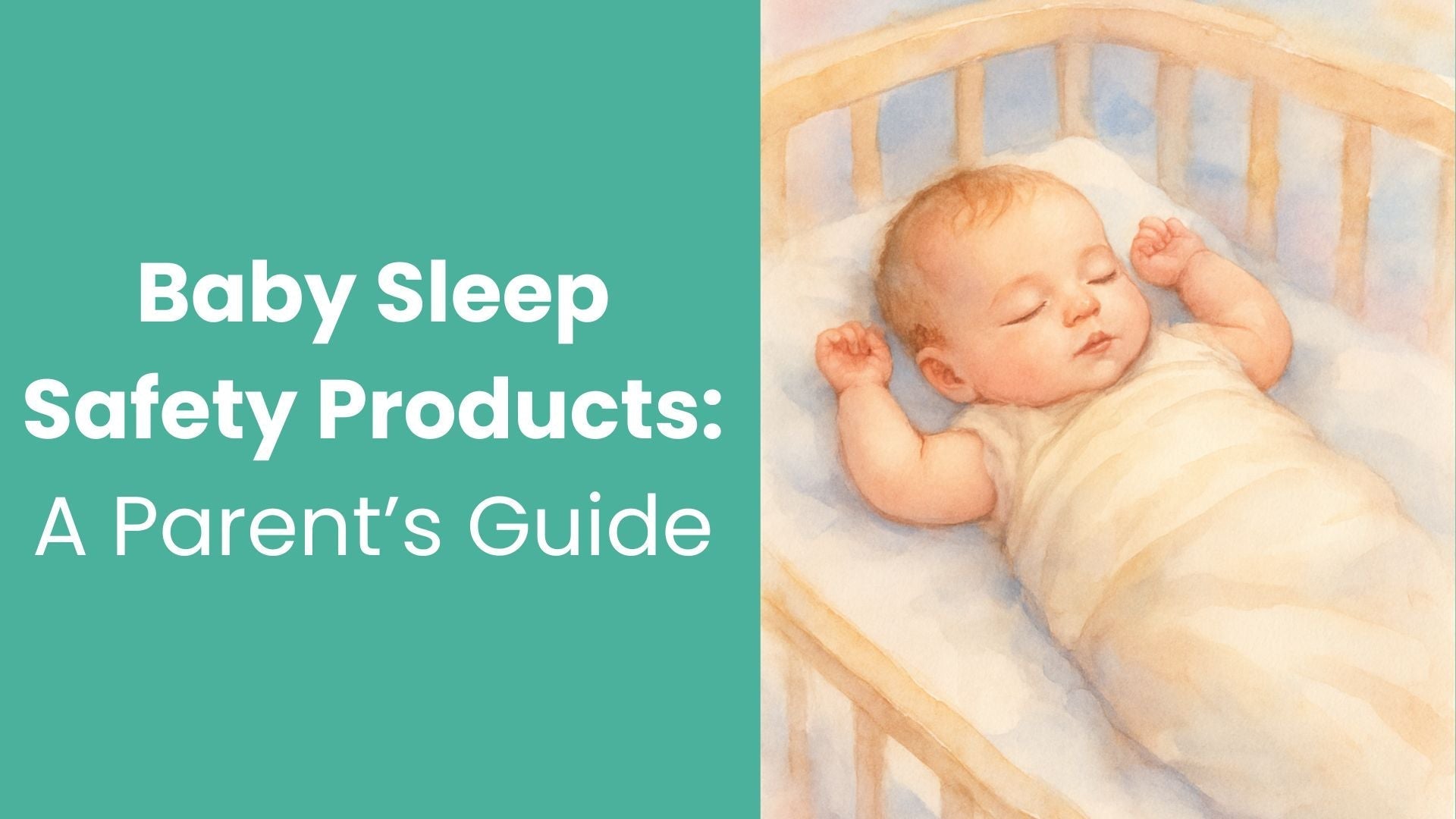A newborn sleep schedule is less about strict times and more about a gentle 24-hour rhythm. Below is a realistic survival plan for 0 to 12 weeks that you can start tonight, with safe sleep setup, day-night cues, a soothing ladder, and an easy partner handoff.
Quick start tonight: 6 steps
- Set up a safe, flat sleep space near your bed.
- Follow short wake windows: about 45 to 90 minutes in the first weeks.
- Use bright light and play in the day, dim and calm at night.
- Climb the soothing ladder from least to most help.
- Start a tiny bedtime routine, 10 to 15 minutes.
- Share shifts so each adult gets a protected sleep block.
What “normal” looks like in the first 12 weeks
Newborn sleep is irregular. Across 24 hours, many infants sleep roughly 14 to 17 hours, though the range can be wider and varies by baby. Long single stretches are uncommon early on, and day-night rhythms take time to mature.
Pediatric sources note that regular sleep cycles usually organize closer to 4 to 6 months, so expect short sleep bouts and frequent feeds in this period.
Safe sleep setup
- Place baby on the back for every sleep on a firm, flat surface in your room, free of soft bedding and toys.
- Avoid inclined sleepers and bed sharing. Keep the sleep area smoke-free and comfortably cool.
- Offer supervised tummy time during awake periods to support development.
These steps are recommended by the American Academy of Pediatrics and the CDC to reduce sleep-related risks.
| Do | Avoid |
|---|---|
| Back to sleep in a crib or bassinet | Stomach or side sleeping |
| Firm, flat mattress with fitted sheet | Inclined products, pillows, blankets |
| Room sharing, not bed sharing | Bed sharing, couches, armchairs |
Day vs night cues you can shape
Newborns are not born knowing day from night. Help their body clock by keeping days bright and social, and nights dim and quiet. Expect progress over several weeks, not overnight.
| Daytime | Nighttime |
|---|---|
| Open blinds, go outside if weather allows | Dim lights, soft voices, low stimulation |
| Wake to feed on cue, play briefly after | Feed and resettle with minimal interaction |
| Naps as needed in bassinet or contact naps if you choose | Keep diaper changes brief and gentle |
The soothing ladder
Move from least to most help so baby has chances to settle with simple support first.
- Pause for a few breaths to see if baby resettles.
- Hands-on comfort: still hand on chest, gentle shush.
- Rock or sway in arms or in place.
- Feed if hungry cues show.
- Reset with a short walk or diaper change if needed.
When to start gentle routines
You can begin a brief bedtime routine in the early weeks if it feels right for your family. Keep it short and calming: feed, diaper, swaddle or sleep sack if you use one, a quick song, then down on the back in a safe space. Consistency helps set the stage for later sleep skills.
Partner handoffs that actually help
- Two-block night: One adult covers roughly 8 pm to 1 am while the other sleeps, then switch for 1 am to morning.
- Wind-down switch: The off-duty adult begins their sleep before the last evening feed.
- Morning reset: The partner not feeding overnight gives the first morning nap so the other can nap.
Tonight’s 24-hour rhythm
Use this printable to sketch a gentle cycle: feed → brief awake time → sleep. Adjust to your baby’s cues and your pediatrician’s feeding guidance. Newborns often wake every few hours to eat.
Product spotlight: staying connected without Wi-Fi
Power or internet hiccups happen. A non Wi Fi video monitor can keep you connected to baby during home internet outages because it links the parent unit directly to the camera. See how the Babysense Prisma works in real life. :contentReference[oaicite:6]{index=6}
See how a non-Wi-Fi monitor keeps you connected during outages
Helpful internal reads
- Safe sleep guidelines for your nursery
- Newborn sleep schedule: getting started
- Where to place your baby monitor
FAQs
How many hours should a newborn sleep in 24 hours?
Many newborns sleep around 14 to 17 hours across day and night, but there is wide normal variation and sleep comes in short stretches. :contentReference[oaicite:8]{index=8}
Can I put my newborn on a strict schedule?
In the early weeks, aim for a flexible rhythm rather than strict times. Short wake windows and a tiny, repeatable bedtime routine are enough. More predictable cycles emerge with age. :contentReference[oaicite:9]{index=9}
When will my baby know day from night?
Circadian rhythms mature gradually over the first months. Bright days and calm, dim nights help set the clock. :contentReference[oaicite:10]{index=10}
Where should my newborn sleep?
On the back, on a firm, flat surface in your room, with no soft bedding or toys. Room share, do not bed share. :contentReference[oaicite:11]{index=11}
Bottom line
Newborn sleep is messy and normal. Use a safe setup, follow short wake windows, shape day-night cues, and lean on a soothing ladder and partner shifts. Small, steady habits today can support smoother nights later.
Reviewed / Last updated: September 3, 2025
This article is for general education and is not medical advice. Always follow your pediatrician’s guidance for your baby.





